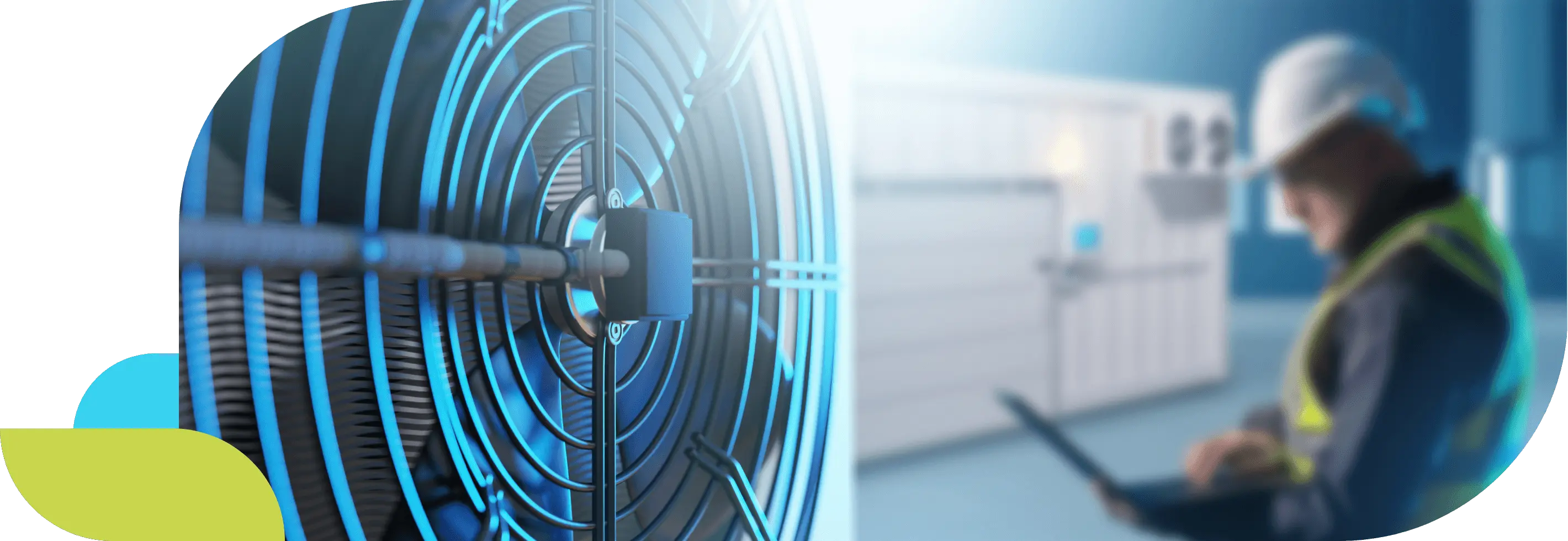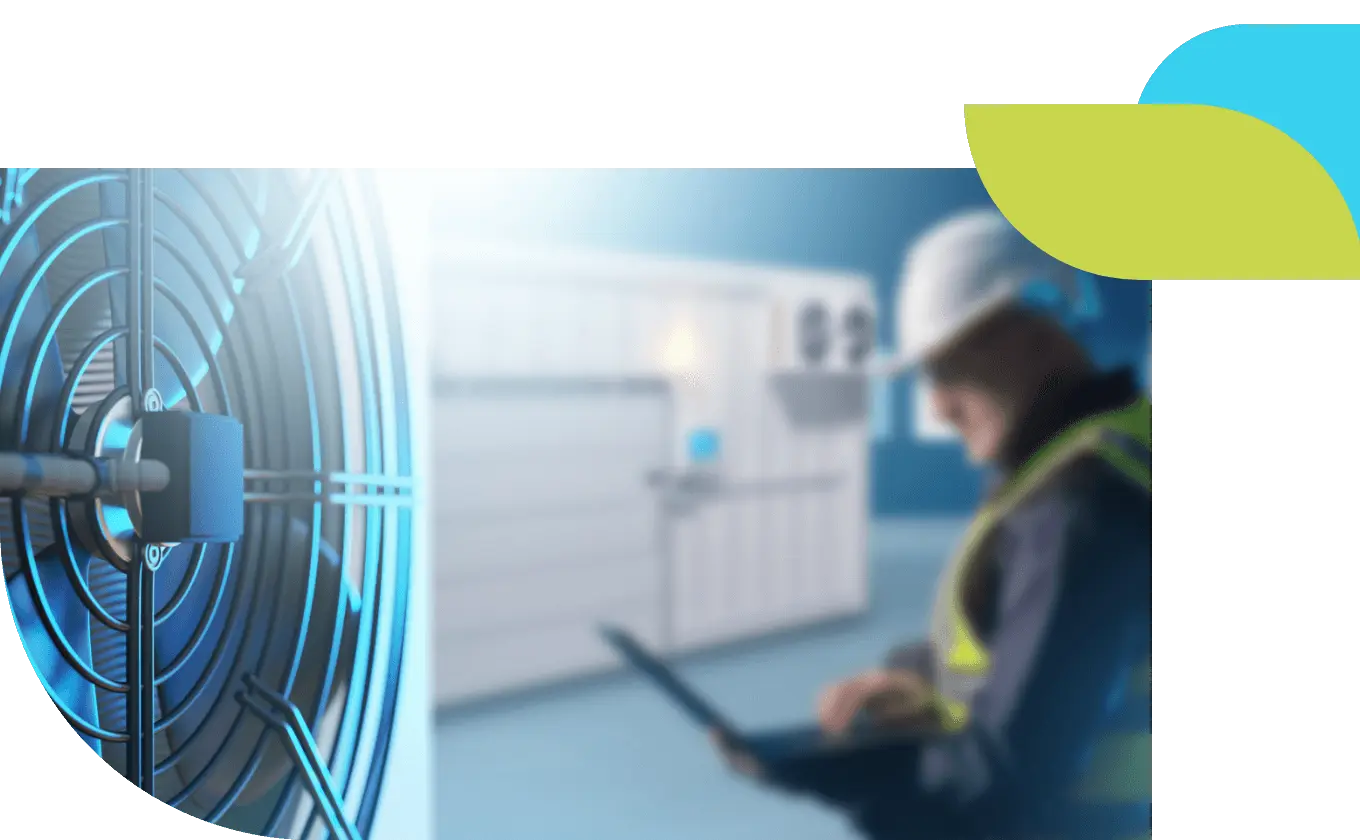Sustainable Air Conditioning in Singapore | Eco-Friendly Cooling Solutions
In sunny Singapore, air-conditioning is a necessity, especially in office buildings. Our founding Prime Minister, Mr Lee Kuan Yew, called the air-conditioner the most influential invention of the millennium, stating that it “changed the nature of civilisation by making development possible in the tropics.”1

Studies indicate that the indoor thermal environment significantly impacts occupant comfort and productivity.2 However, our need to keep cool comes at a cost, as cooling consumes 60% of a typical commercial building’s total energy use.3
Cooling systems also contribute to the urban heat island effect, creating temperature differences of up to 7 degrees Celsius between urban areas and less built-up parts of Singapore.4
Taming our buildings’ energy use starts with more efficient ACMV (Air Conditioning and Mechanical Ventilation) systems, also known as HVAC (Heating, Ventilation, and Air Conditioning). HVAC systems help create comfortable and safe environments by controlling airflow, heating, and cooling.
Most commercial buildings use either air-cooled or water-cooled chillers. Air-cooled chillers utilise the surrounding air to remove excess heat from the refrigerant. They take up less space and are less expensive to install.
Meanwhile, water-cooled chillers remove heat from refrigerants using water supplied from a cooling tower. These chillers are more energy-efficient and suitable for higher cooling loads, but they require more space and a larger upfront investment.
The advent of district cooling has provided a boost to energy efficiency. Such systems supply chilled water from centralised cooling plants to a network of buildings, resulting in energy savings, lower lifecycle costs and reduced carbon emissions.
The Marina Bay District Cooling Network built by SP Group is a notable example. In operation since 2006, it is being expanded to serve 28 buildings by 2026, which would reduce carbon emissions by up to 20,000 tonnes annually — the equivalent of removing 17,672 cars from our roads.5
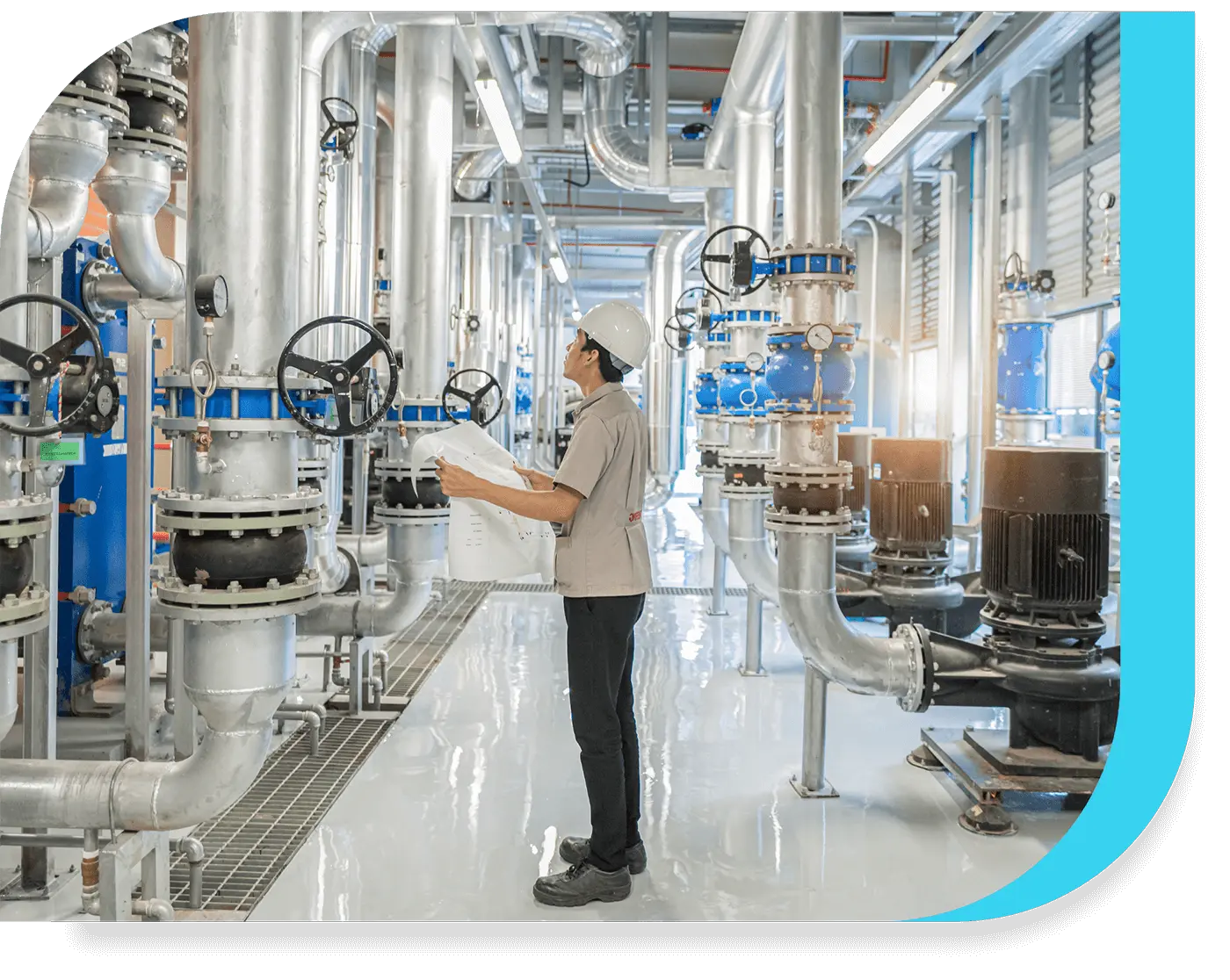
Within your building, it is possible to further elevate efficiency. SP Digital helps building owners achieve this with GET Control, a self-learning building intelligence system that regulates and optimises air-conditioning in the built environment.
- Smart damper system divides large open plan office into micro-zones with individual airflow control on each air-conditioning diffuser
- It uses AI and IoT to optimise and regulate air-conditioning in buildings, based on factors like occupancy and weather conditions, so that areas are evenly cooled
- It makes use of smart devices and wireless infrastructure, and can be cost effectively deployed in a minimally invasive and scalable manner
- Greater cooling efficiency helps save energy and improve occupant comfort
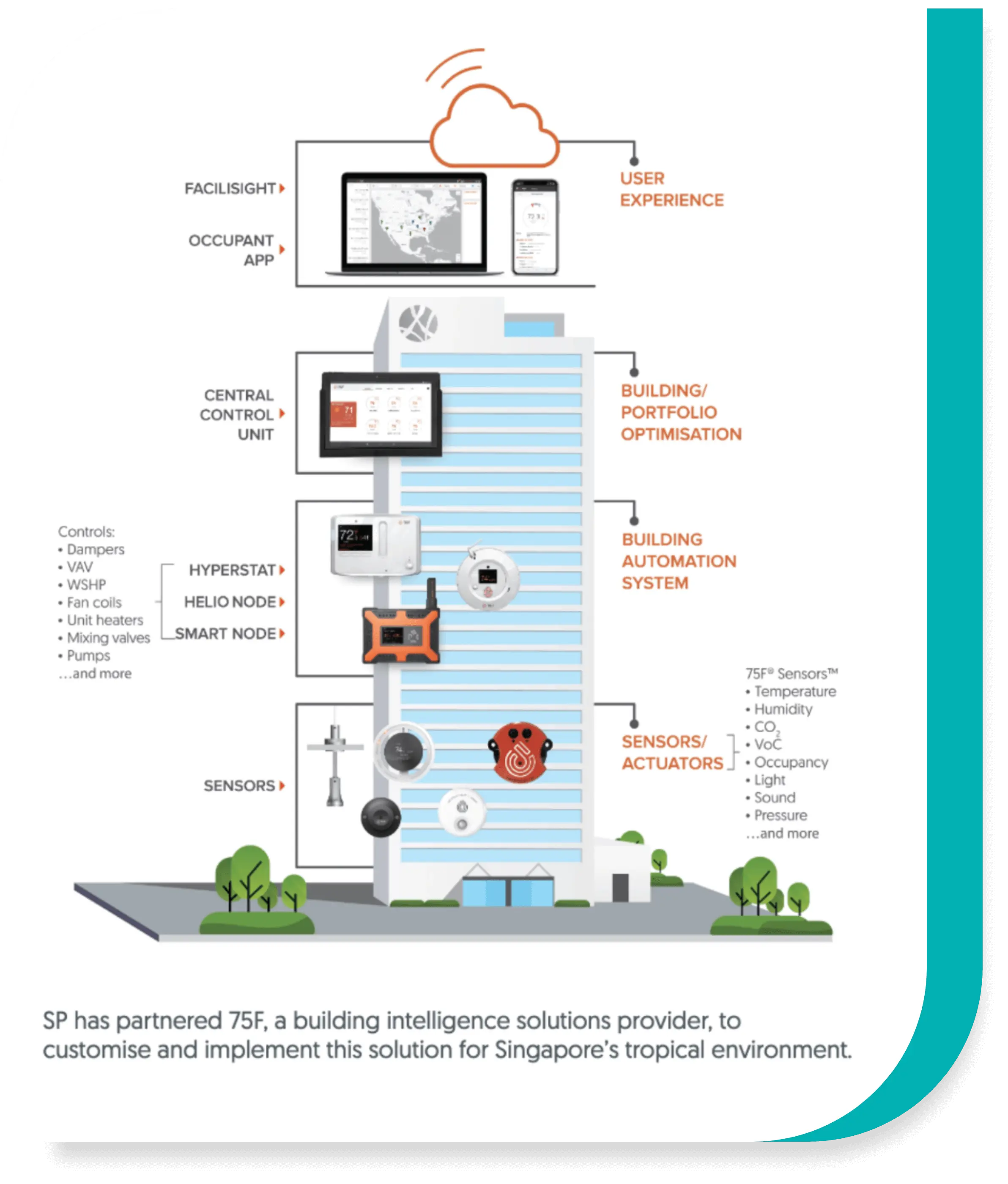
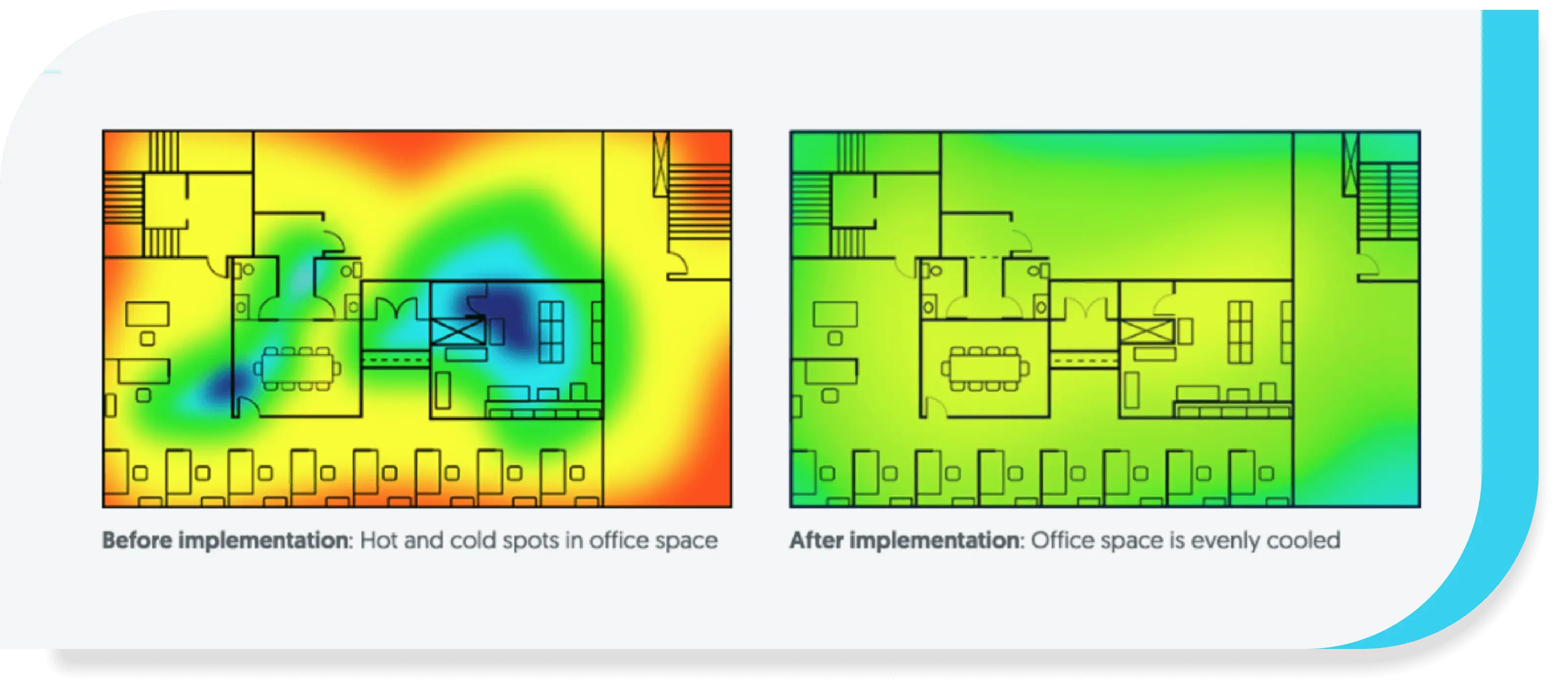
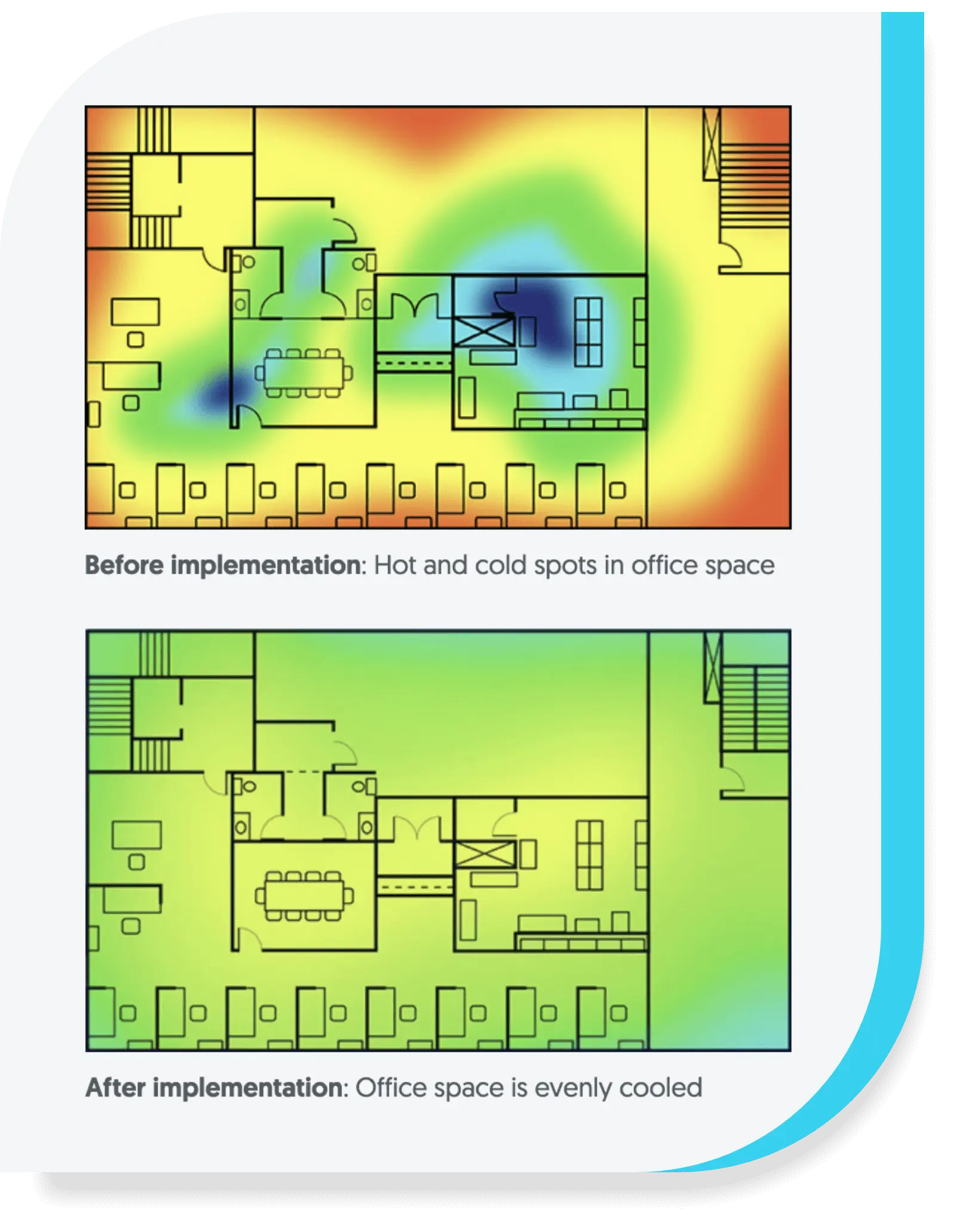
As a modular solution, GET Control can connect to any building management system and offers up to 25% savings on man-hours compared to a Variable Air Volume (VAV) system replacement. Users can look forward to potential savings of up to 30% on cooling energy and 18% on carbon emissions.
Balancing our nation’s cooling needs with responsible resource use is imperative. Discover how GET Control can help you optimise thermal comfort, indoor environmental quality, and next-level energy efficiency. Contact SP Digital today.
Footnotes
1Singapore’s founding father thought air conditioning was the secret to his country’s success, Vox, March 2015
2Study on productivity of office workers and power consumption of air conditioners, ScienceDirect.com
3Super Low Energy Building Technology Roadmap, BCA
4#ShapingOurCity Urban Heat Island Effect, SG101.gov.sg.
5Marina Bay District – A cool vision, spgroup-asia.com
